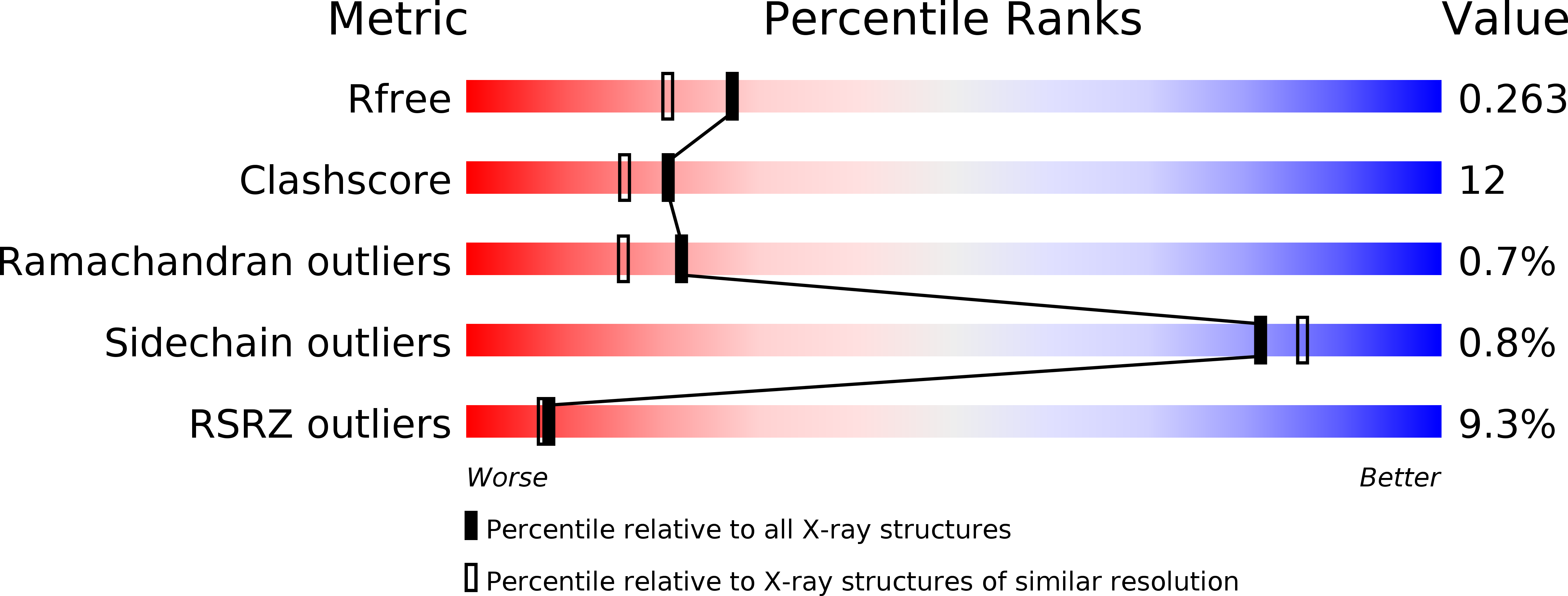
Deposition Date
2011-12-20
Release Date
2012-02-15
Last Version Date
2024-10-16
Entry Detail
PDB ID:
3V6Q
Keywords:
Title:
Crystal structure of the complex of bovine lactoperoxidase with Carbon monoxide at 2.0 A resolution
Biological Source:
Source Organism:
Bos taurus (Taxon ID: 9913)
Method Details:
Experimental Method:
Resolution:
2.00 Å
R-Value Free:
0.24
R-Value Work:
0.19
R-Value Observed:
0.19
Space Group:
P 1 21 1


